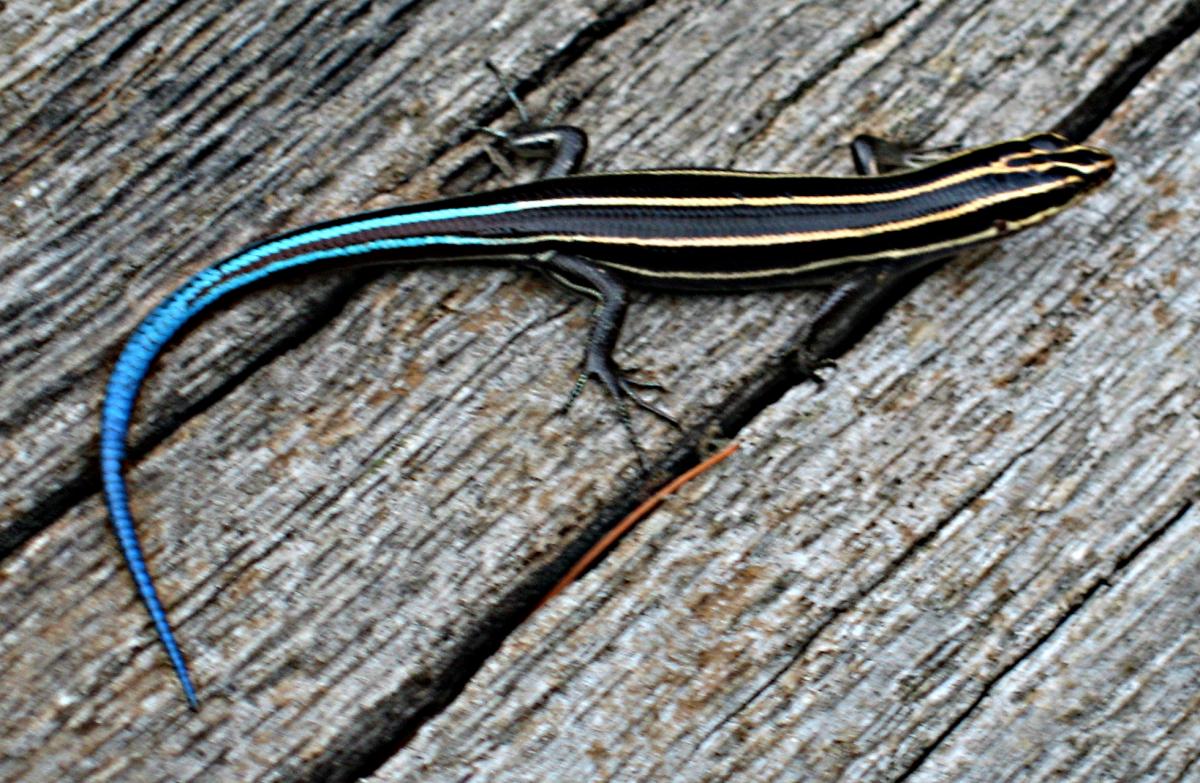Skinks and Geckos
This task is about using information provided to identify similarities and differences between geckos and skinks.
The following boxes contain facts about the similarities and differences between skinks and geckos.
|
Facts about Skinks
|
 |
| Head | Narrow. A skink looks rather snake-like. |
| Skin | Smooth and shiny, with tiny fish-like scales. |
|
Sloughing
(pronounced 'sluffing')
|
Skin comes off in pieces. |
| Feet | Smooth, narrow toes. |
|
Facts about Geckos
|
 |
| Head | Larger than a skink's, a wider mouth, geckos look rather frog-like. |
| Skin | Velvety, loose skin. It does have scales, but not as obvious to the naked eye as a skink's. |
|
Sloughing
(pronounced 'sluffing')
|
Skin comes off in one piece as if they are climbing out of a tightly-fitting suit. |
| Feet | Wide toes (like padded gloves). With a microscope, you could see thousands of tiny hairs under their toes that help the gecko climb smooth surfaces. |
| Facts about Skinks and Geckos |
| Food: Skinks and geckos eat mainly insects, though some eat berries and fruit. Also, some skinks and geckos eat other smaller lizards. |
| Blood: Skinks and geckos have cold blood. Their blood is the temperature of their surroundings. Skinks and geckos need the warmth of the sun to stay active enough to catch their prey. |
- Use the boxes below to show how skinks and geckos are different from each other. The differences in their head shapes have been done for you. Use the information on the previous page to make brief notes in the boxes for skin, sloughing, and feet. Write the main ideas only.
| Head differences | |
| Skinks |
|
| Geckos |
|
| Skin differences | |
| Skinks |
|
| Geckos |
|
| Sloughing differences | |
| Skinks |
|
| Geckos |
|
| Feet differences | |
| Skinks |
|
| Geckos |
|
- Use the boxes below to show what skinks and geckos have in common. The facts about food have been done for you. Use the information on the previous page to make brief notes in the box for blood.
|
Food
|
|
Blood
|

